Lock Screen Widgets Are Making A Comeback, And I’m All About It
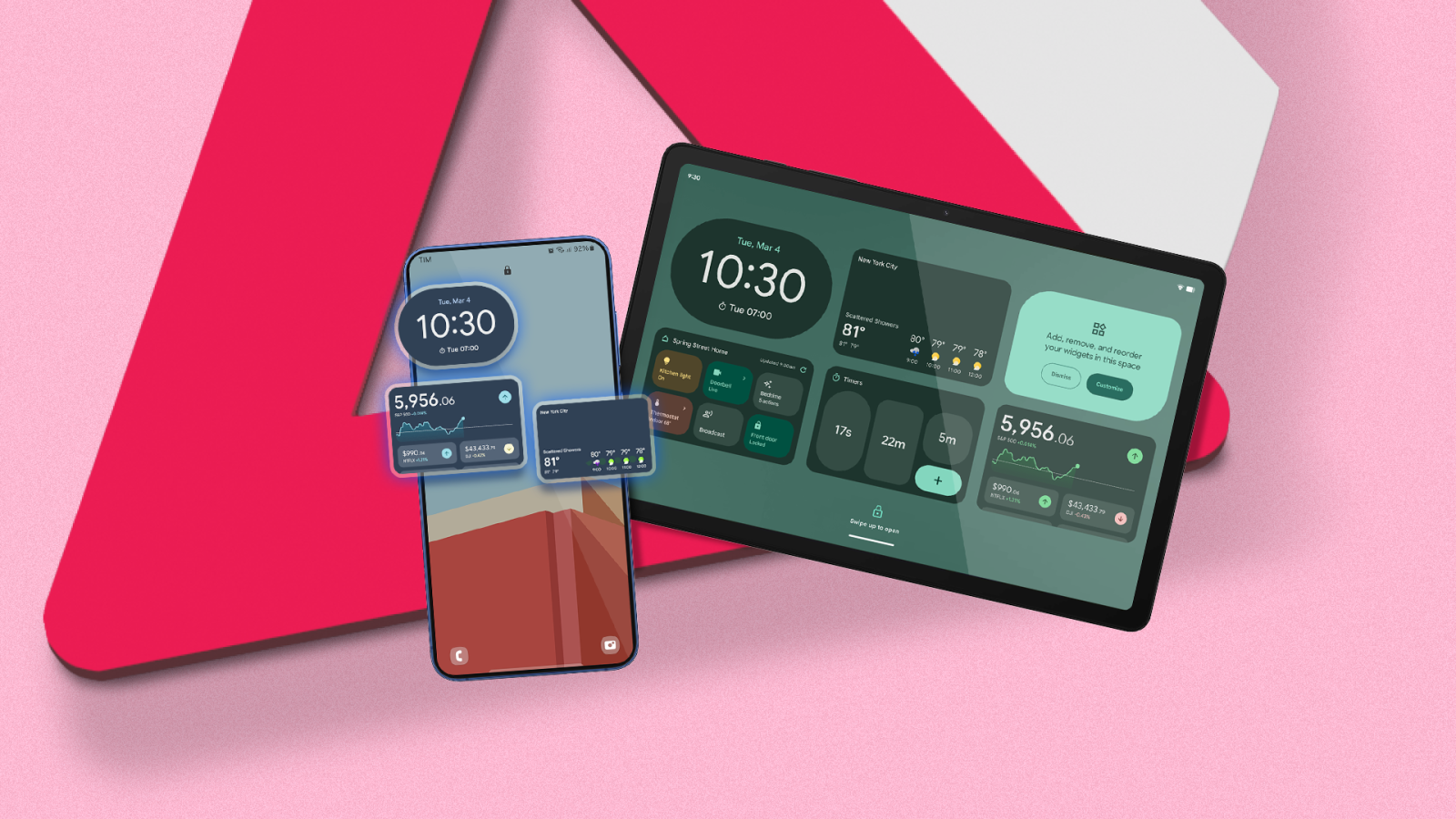
Contents

Sign in to your Android Police account
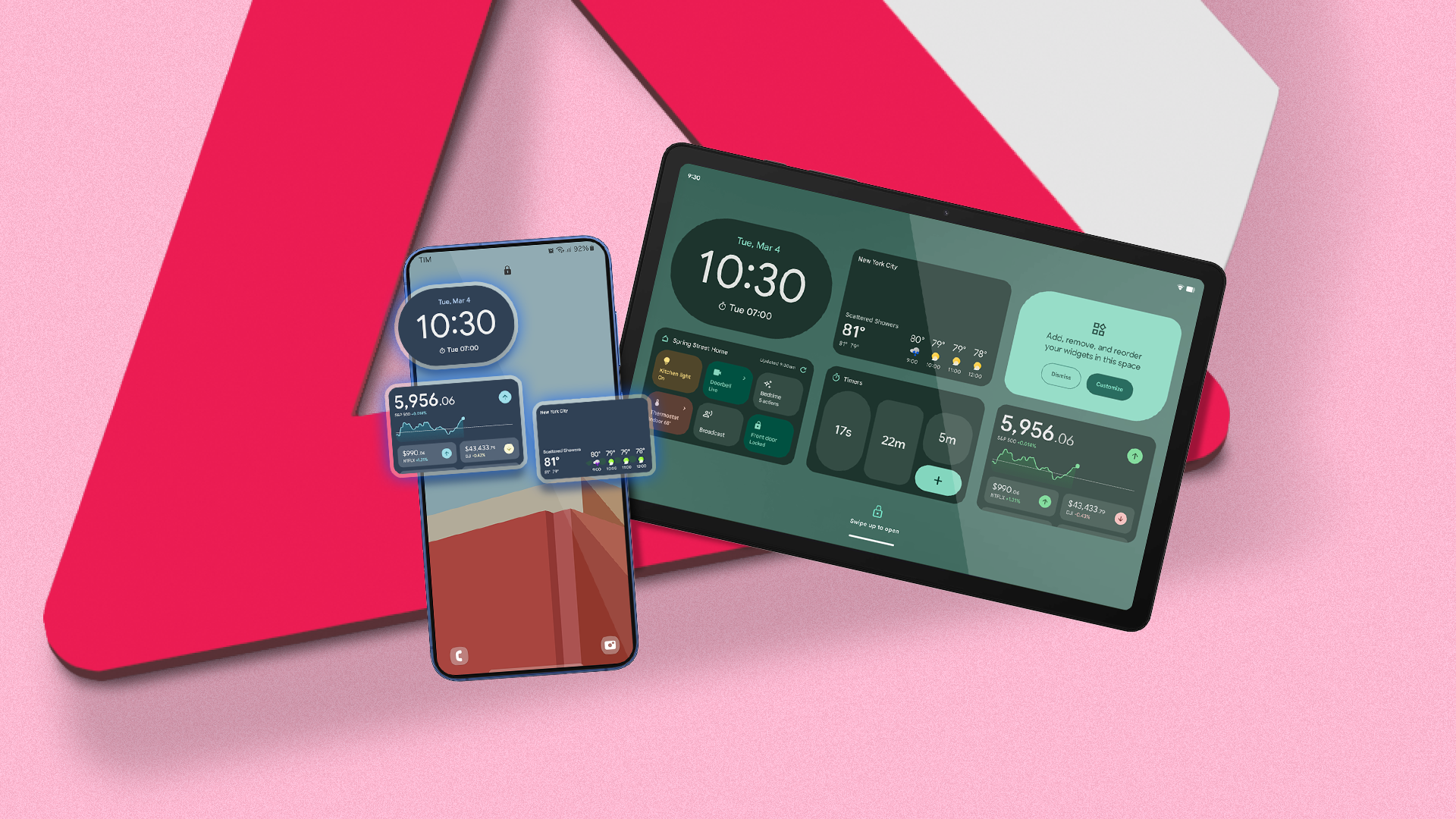
Over a decade ago, widgets were a part of the Android lock screen. Google introduced them back in 2012, but they never stayed around for long. The company scrapped the feature as Android 5.0 Lollipop rolled around. While lock screen widgets returned on the Pixel Tablet with Android 15 last fall, smartphones didn’t get the feature. I’m excited now that Google has announced it will bring lock screen widgets to tablets and mobile.

Related
Offering updates at a glance
Android is known for its customization options and introduced widgets in the platform’s early days. Lock screen widgets made their way to Android in 2012 with Android 4.2 Jelly Bean. They offered a convenient way of viewing information at a glance with music controls, weather updates, calendar events, and other elements accessible on the lock screen. Apple followed suit and added widgets to the iOS home screen with the release of iOS 14 in 2020. Two years later, it rolled out lock screen widgets with iOS 16.
However, Android did not introduce many improvements to lock screen widgets. The design felt clunky and unintuitive. Most users didn’t know the feature existed, and some found it difficult to set up.
Unsurprisingly, Google removed lock screen widgets in late 2014. The company may have dumped the feature due to privacy concerns or design issues. It shifted its focus to using notifications as the primary way of serving information on the lock screen. Meanwhile, third-party OEMs like Samsung and Nothing still offer widgets on the lock screen.
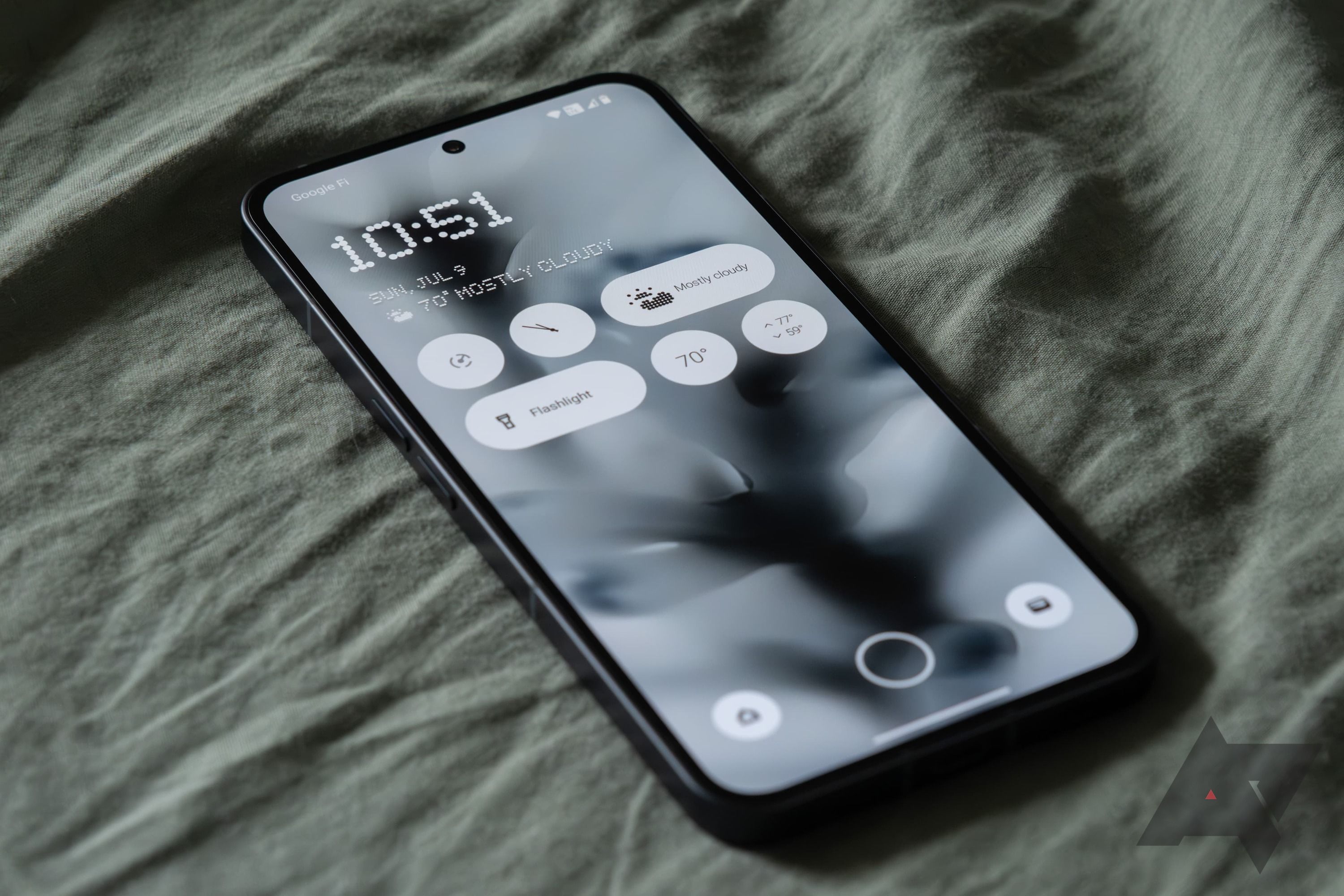
Lock screen widgets have been available on the Pixel Tablet with the release of Android 15 QPR1 Beta 2 in late 2024. The device supports all widgets, including ones from third-party apps. The feature is said to roll out to all Android phones and tablets with the upcoming Android 16 QPR1 later this year.
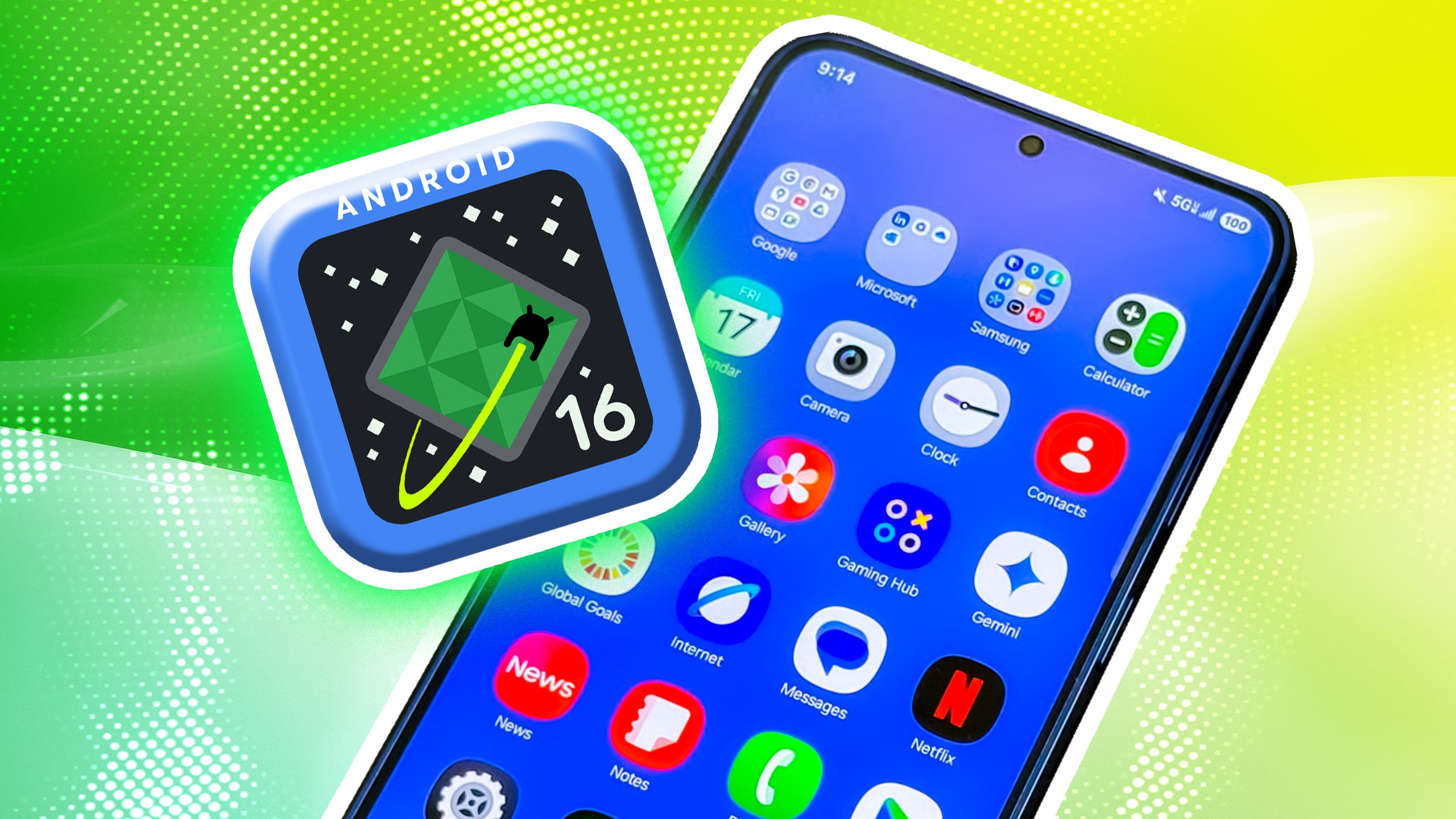
Related
6 features that Android 16 needs to rejuvenate the OS
There’s plenty of room for Google to make these necessary changes
Not that we’re complaining
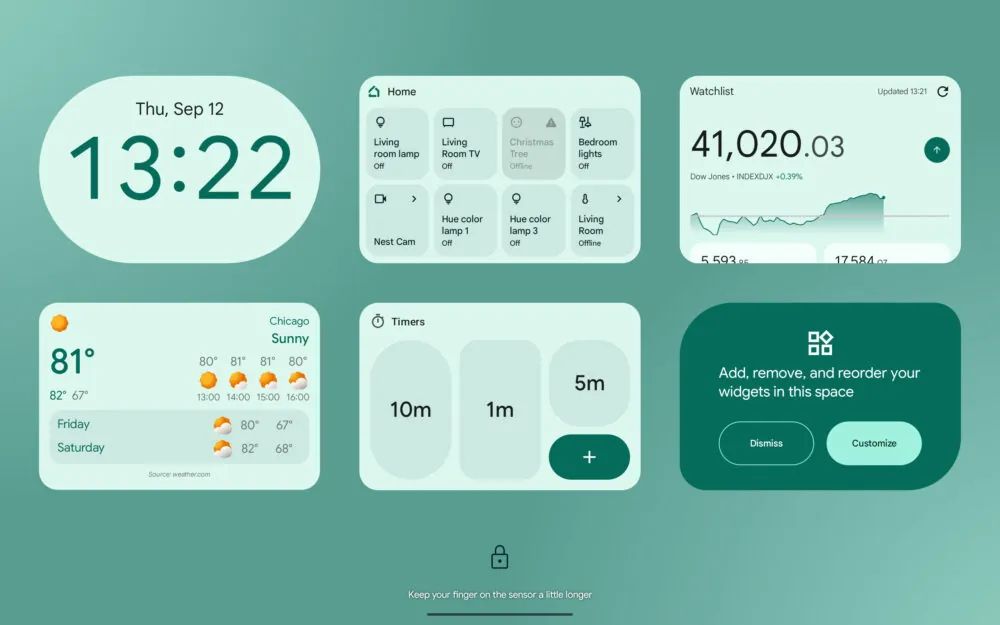
Source: Android Authority
Inspired by Android, Apple introduced widgets to the lock screen in 2022, offering users a convenient way to access app info. While Android had abandoned the feature by then, Apple created enough excitement for iPhone users to adopt the feature. It was only a matter of time before Google decided to bring back lock screen widgets to Android.
Another reason behind its comeback could be how the interaction with our devices has changed over the years. Features like Always-on Display (AOD), fingerprint and facial recognition, and AI-driven improvements put privacy concerns to rest.
We hope Google won’t abandon it again
Google consistently experiments with new ideas but abandons many projects years later. The same thing happened to lock screen widgets, so I hope the second time’s the charm.
And seeing how enthusiastically users received lock screen widgets on iOS, Android’s implementation could also be better received. However, the response depends on how well Google executes the feature this time around. If lock screen widgets on Android continue to face design issues or poor developer support, the feature may end up in the dumpster within a few years.
Offering customizable features can do the trick
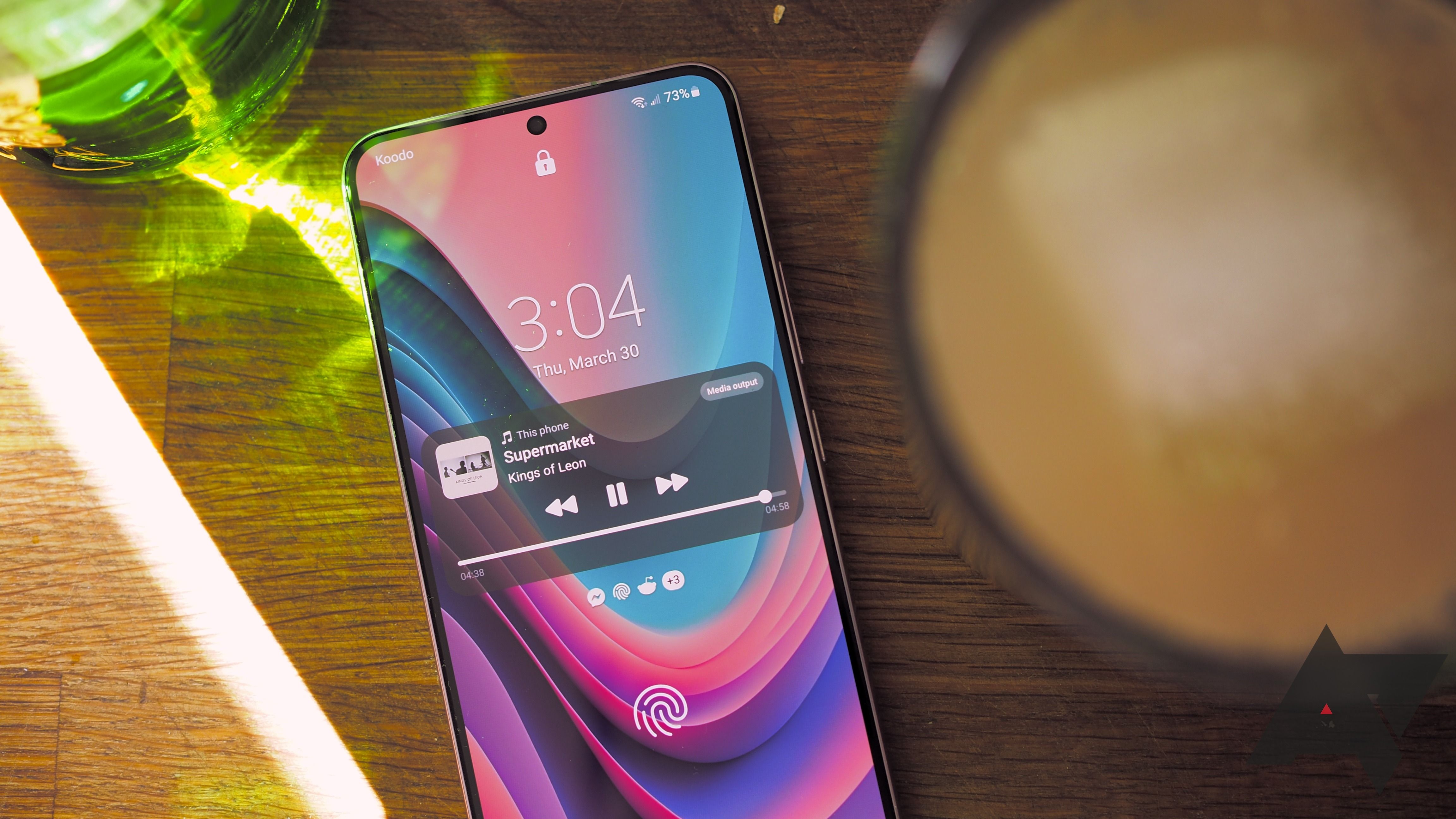
Google is notorious for introducing promising features and ideas and scrapping them after some time. The company must offer robust developer support for lock screen widgets to succeed. If mainstream apps like Google Calendar, Spotify, Messenger, and Snapchat create lock screen widgets, it will ensure widespread adoption of the feature.
Google should also make it easy to customize lock screen widgets so users can tweak their size, modify their appearance, and place them anywhere on the screen. It should also give Android users control over what information gets displayed on the lock screen. They should have the option to hide private info and add authentication for sensitive widgets.
I’m looking forward to widgets returning to the lock screen with Android 16 QPR1. The ability to check information without unlocking your phone is more relevant than ever. Lock screen widgets could become integral to the Android experience if Google consistently updates the functionality.
You can get organized and informed by trying some of the best Android widgets. Although I doubt Google’s long-term commitment to features like this, I believe lock screen widgets can improve how we interact with our phones.
What’s your reaction?
Love0
Sad0
Happy0
Sleepy0
Angry0
Dead0
Wink0
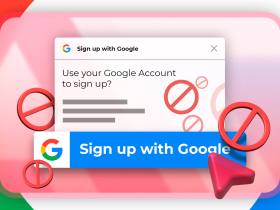
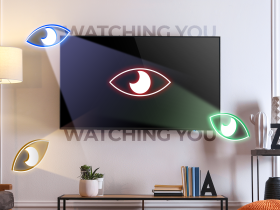


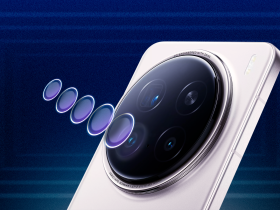



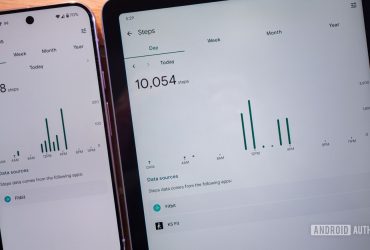

Leave a Reply
View Comments